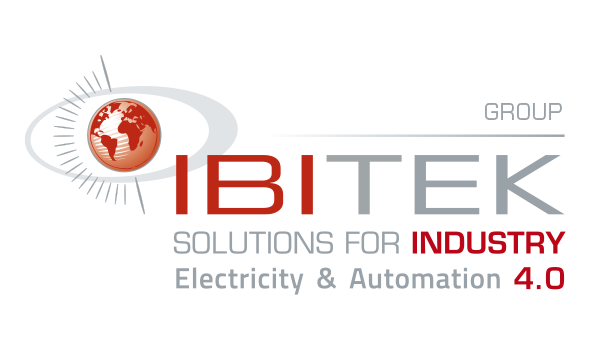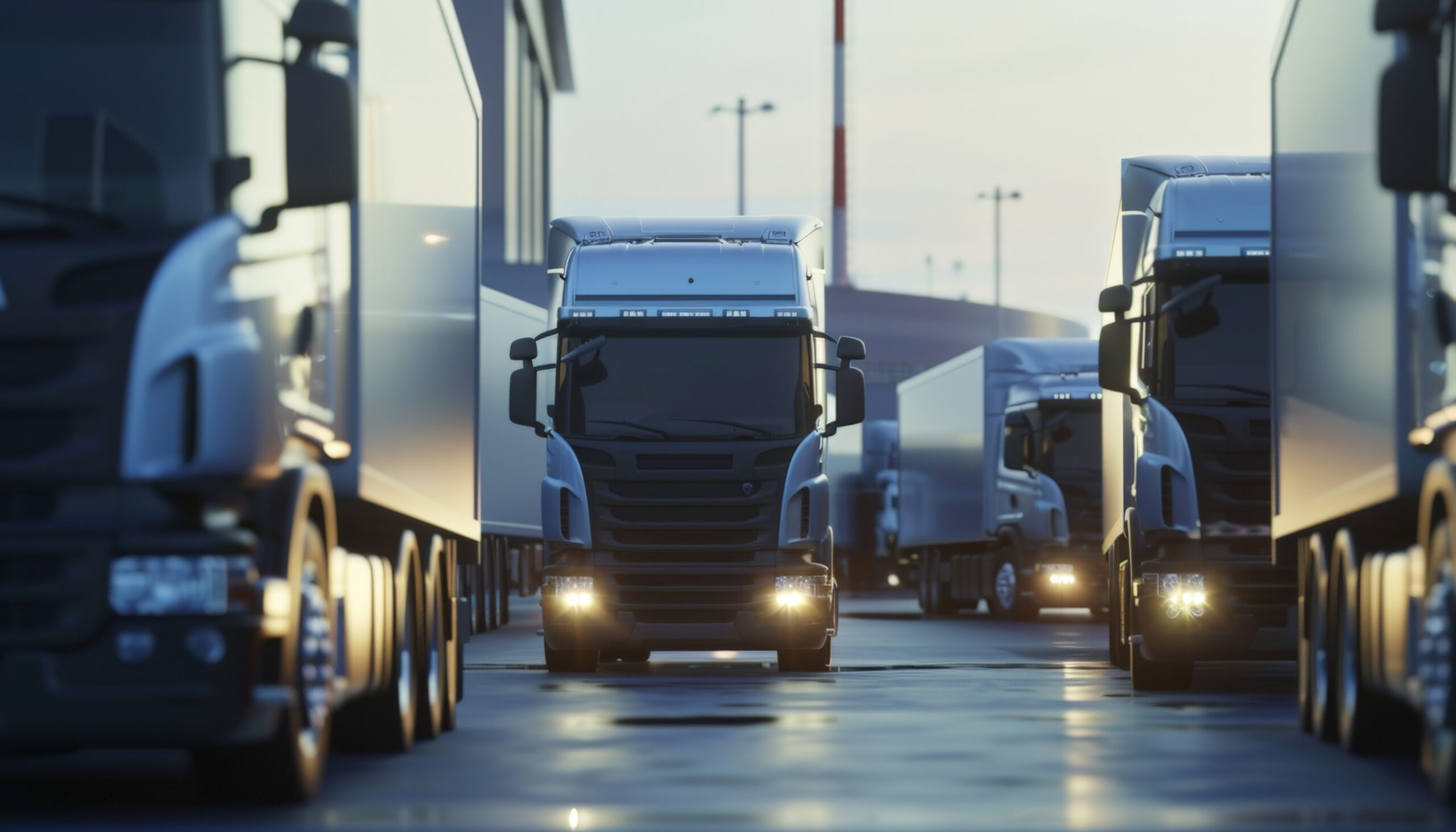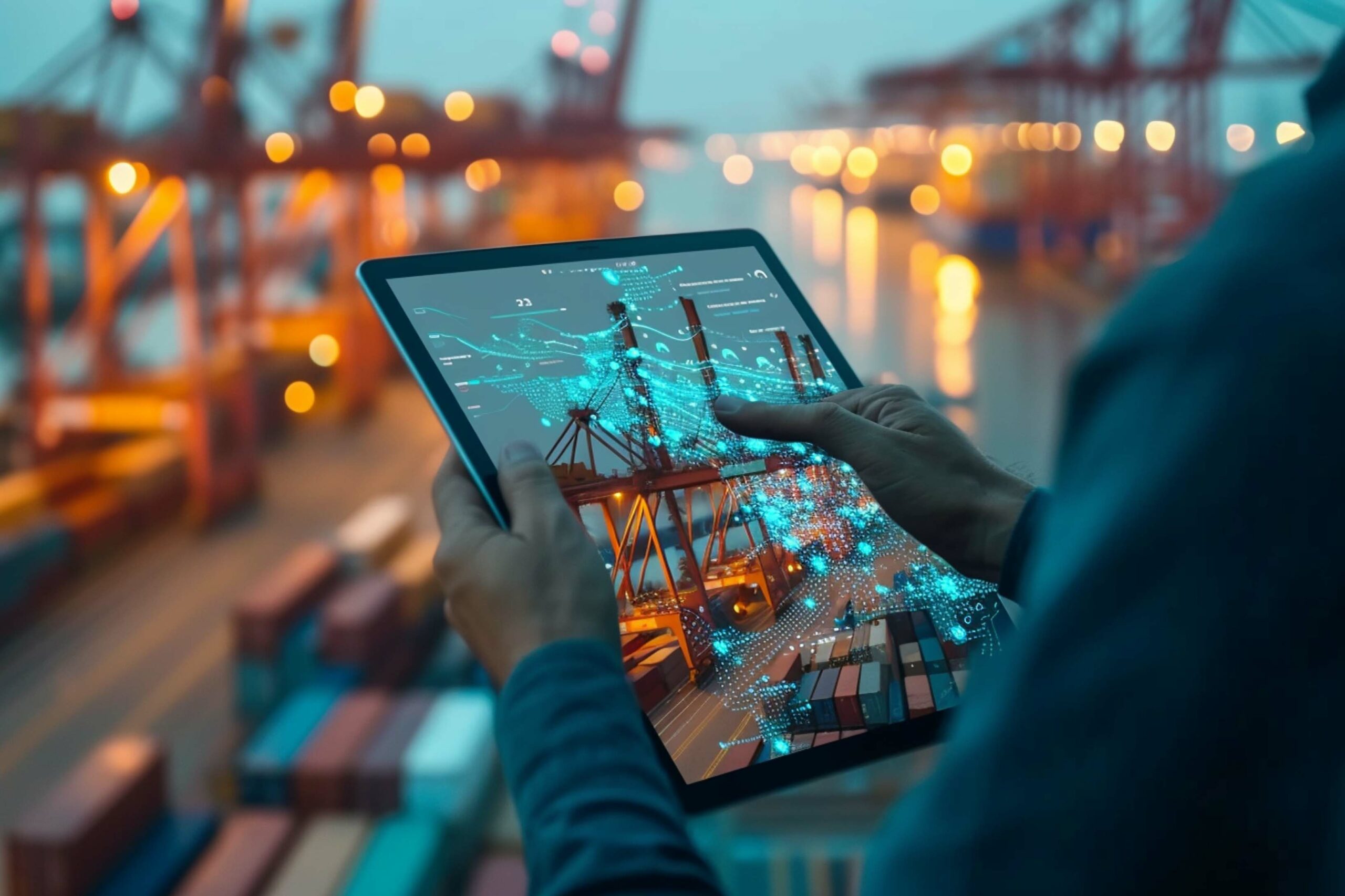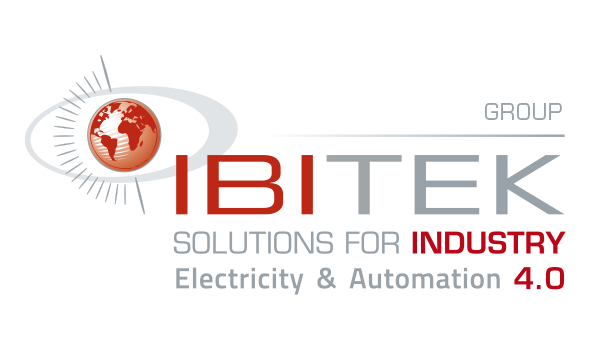In today’s age, where efficiency and speed are paramount, industrial logistics in terms of managing the reception of lorries remains a critical point that is often undermined by obsolete and inefficient practices. Traditional methods, fraught with operational constraints and technological deficits, come up against modern demands for speed and precision. It is against this backdrop that digitalisation is emerging as a transformative solution, capable of fundamentally rethinking the way trucks are received and managed on industrial sites.
By examining the realities and weaknesses of traditional methods and exploring the significant benefits brought about by advanced technological solutions such as IBITruck, we see how digitalisation can not only remedy inefficiencies but also propel companies towards optimised and secure logistics management.
The challenges of traditional truck reception
When it comes to industrial logistics, receiving lorries is an area that often suffers from a lack of performance in the supply chain. This traditional process is fraught with challenges that can significantly slow down a company’s operations. Firstly, prolonged waiting times are common and are usually the result of inadequate planning and lack of coordination, leading to delays in the loading and unloading process. Secondly, human error due to manual management of incoming and outgoing goods can lead to delivery errors and stock tracking problems. Secondly, inefficient resource management, where equipment and staff are not used optimally, leads to lower productivity and higher costs. Finally, the rise of digitalization in other sectors highlights the technological backwardness of traditional truck reception management, underlining the need for modernization.
The benefits of digitalising truck reception
Digitising truck reception offers a host of benefits that can transform a company’s logistics operations. At the heart of these benefits is the reduction in waiting times. Digital systems enable precise planning and efficient allocation of loading bays, minimising bottlenecks and optimising the use of resources. In addition, optimised flow management thanks to automation reduces manual errors, enabling more accurate monitoring of lorry entries and exits.
Security is also enhanced, with improved access control thanks to automatic identification systems that restrict access to operational areas to authorised personnel and vehicles only. Vehicle and load traceability is ensured by technologies such as RFID and GPS, which provide real-time tracking and movement history.
Drivers also benefit greatly from digitisation. Simplified processes reduce the complexity of the procedures they have to follow, while real-time information available on mobile terminals or via user interfaces significantly improves their on-site experience, reducing stress and increasing job satisfaction.
Implementing digitalisation with IBITruck
Digitising truck reception with IBITruck is a process based on a series of steps carefully designed to transform the management of logistics flows in an industrial environment. This innovative solution integrates seamlessly into your existing processes to optimise the safety and smooth running of loading and unloading operations on industrial sites.
Stages in the implementation of digitalization with IBITruck
- Analysis of Specific Needs
Implementation begins with a detailed assessment of the company’s operational requirements. This analysis identifies bottlenecks and critical points requiring intervention. Based on this assessment, IBITruck proposes a tailored solution, ensuring a smooth transition to digitalised operations. - Customised system configuration
A tailor-made configuration is developed for each industrial site, incorporating advanced functionalities that respond precisely to the specific requirements of each environment. This includes adaptation to different load types and compatibility with other IT systems already in place, such as ERP or CRM. - On-site access management and automation
IBITruck efficiently manages on-site access, using technologies such as RFID/QR identification and OCR cameras for reliable number plate recognition. This integration enables loading and unloading phases to be automated to a high degree, reducing manual errors and speeding up processes. Weighing management is also automated, with precise weighbridges to guarantee the accuracy of load weights.
Supply Chain Optimisation
- Increased visibility and coordination
- With IBITruck, every phase of the logistics process becomes traceable, providing complete visibility across the entire supply chain. This transparency enables unprecedented coordination between storage, loading and distribution departments, improving optimisation of resources and the ability to respond to market fluctuations.
Improved customer satisfaction
- Fast, reliable deliveries
- Digitalisation with IBITruck enables faster deliveries and significantly reduces order errors. Improved data and process management ensures that customers receive their goods to specification and on time. This efficiency boosts customer confidence and satisfaction, which is crucial to the company’s reputation and competitiveness in the marketplace.
In conclusion, the adoption of IBITruck for the digitalisation of truck reception is radically transforming logistics. This system not only increases the return on investment and the safety of goods and people, but also significantly improves the driver experience and customer satisfaction, while ensuring that companies remain competitive in a demanding industrial environment.











